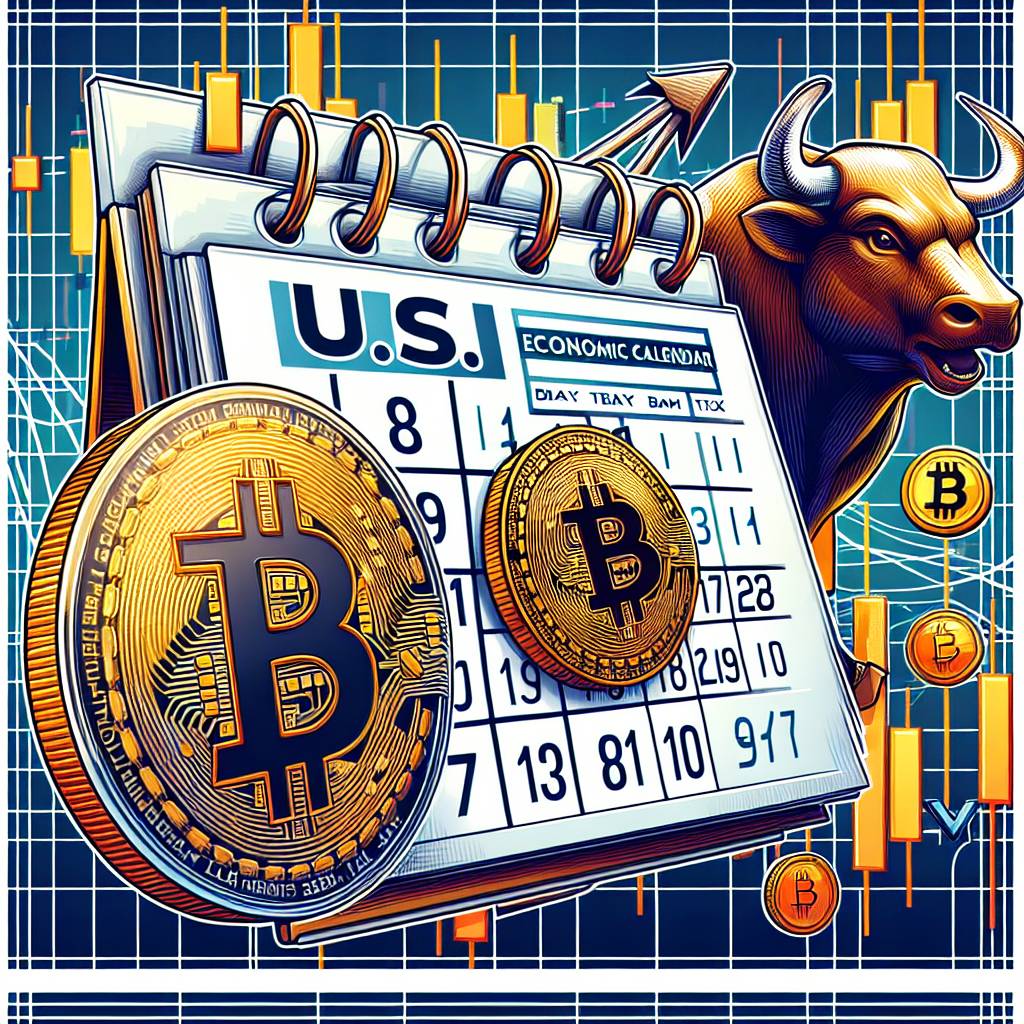How does the U.S. inflation rate chart affect the demand for digital currencies?
Can you explain how the U.S. inflation rate chart impacts the demand for digital currencies? What are the factors that contribute to this relationship?

7 answers
- The U.S. inflation rate chart can have a significant impact on the demand for digital currencies. When inflation is high, people tend to lose confidence in traditional fiat currencies, as their purchasing power decreases. As a result, they may turn to digital currencies, such as Bitcoin, as a store of value and hedge against inflation. Additionally, the limited supply of digital currencies, combined with their decentralized nature, can make them attractive to investors during times of inflation. Overall, the U.S. inflation rate chart can influence the demand for digital currencies by affecting people's perception of traditional currencies and their desire for alternative assets.
 chinnuMar 28, 2025 · 3 months ago
chinnuMar 28, 2025 · 3 months ago - Well, let me break it down for you. When the U.S. inflation rate chart shows a rise in inflation, it means that the value of the U.S. dollar is decreasing over time. This can lead to a decrease in demand for the dollar and an increase in demand for alternative assets, such as digital currencies. Digital currencies, like Bitcoin, are not tied to any specific country or central bank, which makes them attractive to investors looking to diversify their portfolios and protect their wealth from inflation. So, when the U.S. inflation rate goes up, the demand for digital currencies tends to follow suit.
 bakayarouuOct 23, 2023 · 2 years ago
bakayarouuOct 23, 2023 · 2 years ago - The impact of the U.S. inflation rate chart on the demand for digital currencies is quite significant. As inflation erodes the purchasing power of traditional fiat currencies, people often seek alternative forms of money that can retain their value. Digital currencies, like Bitcoin, have gained popularity as a decentralized and limited-supply asset class that can act as a hedge against inflation. When the U.S. inflation rate rises, it creates a sense of uncertainty and prompts individuals to explore alternative investment options. This increased demand for digital currencies can drive up their prices and market capitalization.
 Kevin ConnellJul 03, 2020 · 5 years ago
Kevin ConnellJul 03, 2020 · 5 years ago - As an expert in the field, I can tell you that the U.S. inflation rate chart has a direct impact on the demand for digital currencies. When inflation rises, people start to worry about the value of their money and look for ways to protect their wealth. Digital currencies, such as Bitcoin, have emerged as a popular choice for investors seeking a hedge against inflation. The decentralized nature of digital currencies and their limited supply make them an attractive store of value during times of economic uncertainty. So, it's no surprise that the demand for digital currencies tends to increase when the U.S. inflation rate chart shows an upward trend.
 Mausab Bin UmairMar 29, 2024 · a year ago
Mausab Bin UmairMar 29, 2024 · a year ago - The U.S. inflation rate chart can have a profound effect on the demand for digital currencies. When inflation rises, the value of traditional fiat currencies decreases, leading to a loss of purchasing power. This can cause individuals to seek out alternative forms of money that are not subject to inflationary pressures. Digital currencies, like Bitcoin, offer a decentralized and limited-supply alternative that can act as a hedge against inflation. Investors may turn to digital currencies as a way to protect their wealth and preserve purchasing power. Therefore, the U.S. inflation rate chart can play a significant role in driving the demand for digital currencies.
 mona kamelFeb 21, 2023 · 2 years ago
mona kamelFeb 21, 2023 · 2 years ago - The U.S. inflation rate chart is closely watched by investors in the digital currency market. When inflation is high, people become concerned about the eroding value of traditional fiat currencies. This can lead to an increased demand for digital currencies, as they are seen as a more stable and secure form of money. Digital currencies, like Bitcoin, are not controlled by any central authority and have a limited supply, which makes them attractive during times of inflation. So, when the U.S. inflation rate chart shows a rise in inflation, it can drive up the demand for digital currencies as investors seek to protect their wealth.
 baucesauceJun 25, 2021 · 4 years ago
baucesauceJun 25, 2021 · 4 years ago - At BYDFi, we understand the relationship between the U.S. inflation rate chart and the demand for digital currencies. When inflation is on the rise, people start to lose faith in traditional fiat currencies and look for alternative stores of value. This can lead to an increased demand for digital currencies, such as Bitcoin, which are not subject to the same inflationary pressures. Digital currencies offer a decentralized and limited-supply asset class that can act as a hedge against inflation. So, when the U.S. inflation rate chart shows an upward trend, it often correlates with an increase in the demand for digital currencies.
 Abtin RohamiApr 26, 2021 · 4 years ago
Abtin RohamiApr 26, 2021 · 4 years ago
Top Picks
How to Trade Options in Bitcoin ETFs as a Beginner?
1 274Who Owns Microsoft in 2025?
2 149Crushon AI: The Only NSFW AI Image Generator That Feels Truly Real
0 137The Smart Homeowner’s Guide to Financing Renovations
0 132How to Score the Best Rental Car Deals: 10 Proven Tips to Save Big in 2025
0 028Confused by GOOG vs GOOGL Stock? read it and find your best pick.
0 025


Related Tags
Hot Questions
- 2716
How can college students earn passive income through cryptocurrency?
- 2644
What are the top strategies for maximizing profits with Metawin NFT in the crypto market?
- 2474
How does ajs one stop compare to other cryptocurrency management tools in terms of features and functionality?
- 1772
How can I mine satosh and maximize my profits?
- 1442
What is the mission of the best cryptocurrency exchange?
- 1348
What factors will influence the future success of Dogecoin in the digital currency space?
- 1284
What are the best cryptocurrencies to invest $500k in?
- 1184
What are the top cryptocurrencies that are influenced by immunity bio stock?
More

